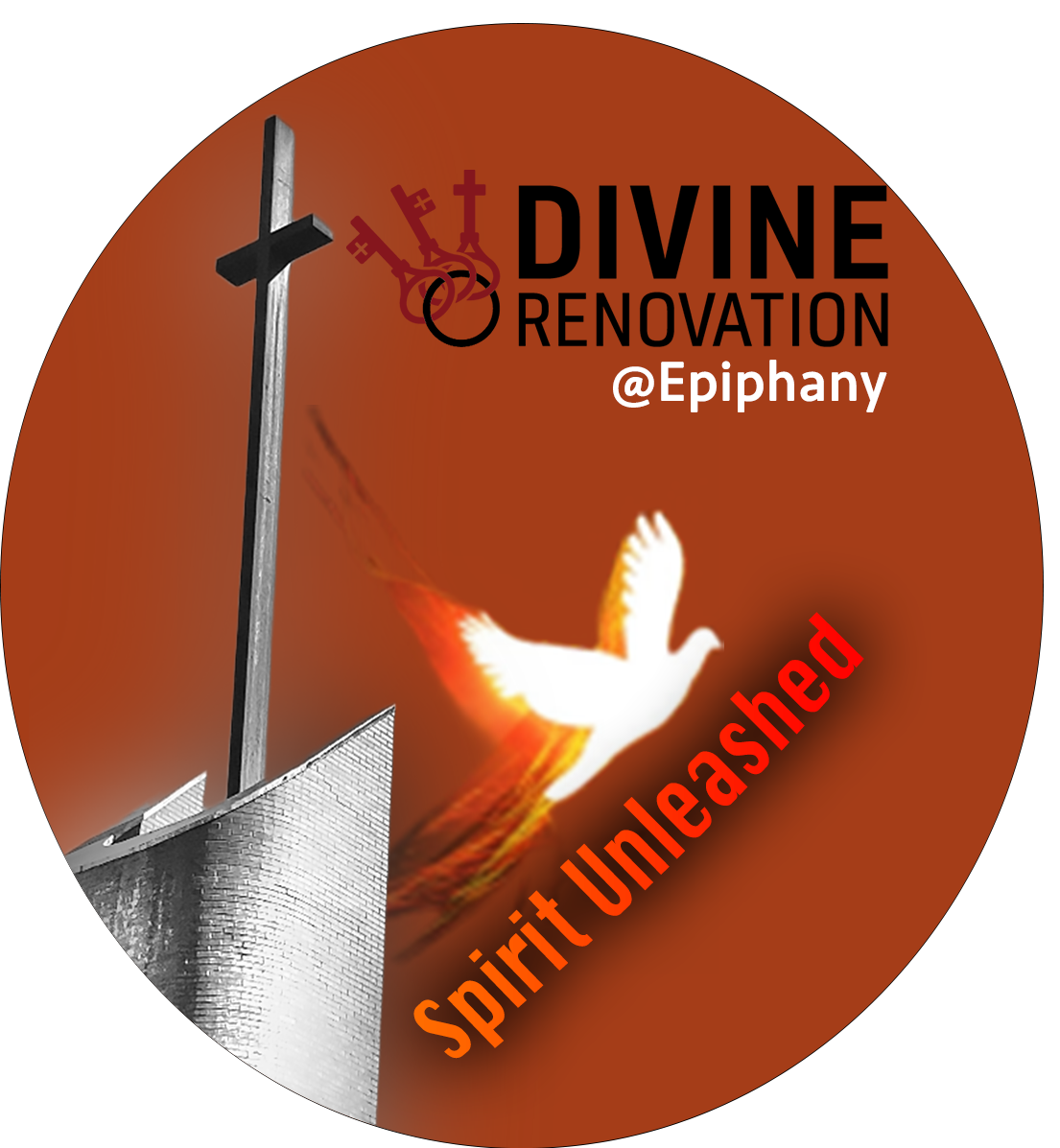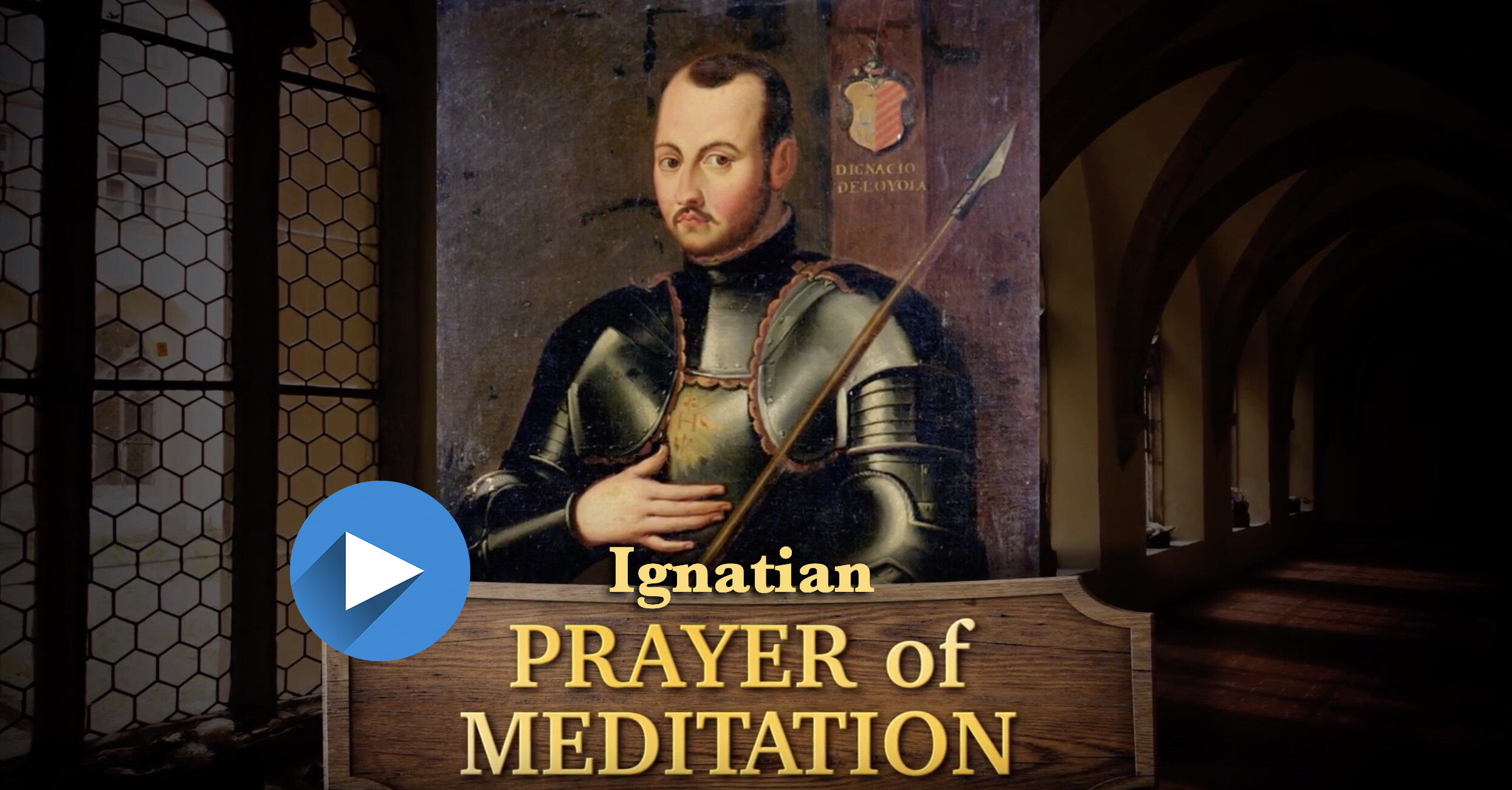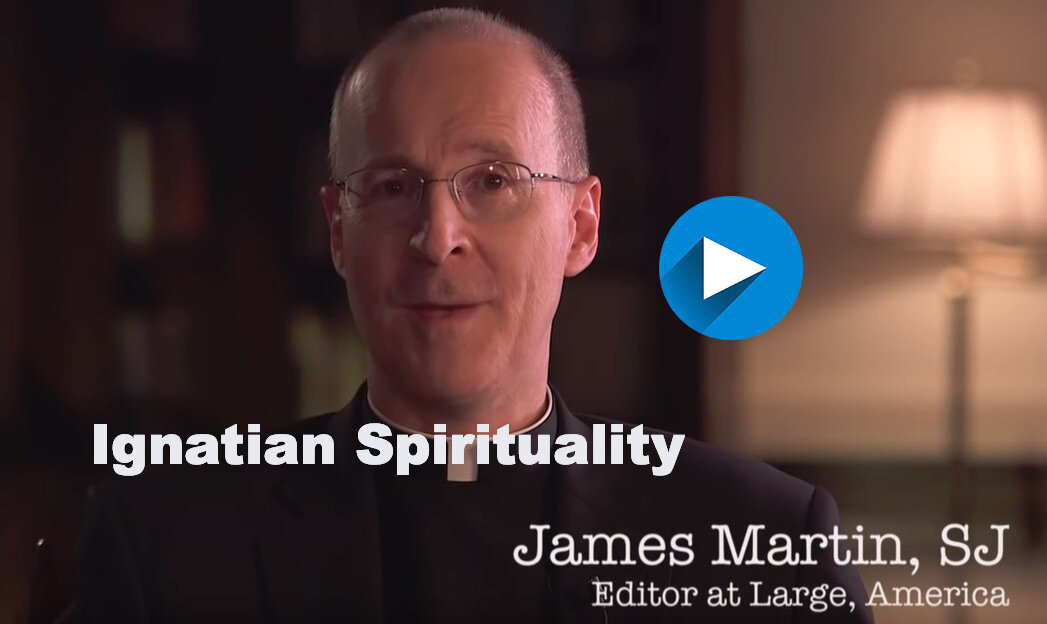THE SPIRITUALITY
OF
ST IGNATIUS
OF LOYOLA
Saint Ignatius
of Loyola
St. Ignatius came from a family of minor nobility in Spain’s northern Basque region. One thing to know about Ignatius is that he was far from saintly during much of his young adult life. He was vain, with dreams of personal honor and fame. He gambled and was not above sword fighting. As some have noted, he might have been the only saint with a notarized police record: for taking part in a nighttime brawl.
All that began to change one day in the spring of 1521. Ignatius was 30 years old at the time, an officer in the Spanish army. Leading his fellow soldiers into a battle against the French that they were sure to lose, he was struck by a cannonball in the leg. During a difficult recovery (he limped for the rest of his life), the young man asked for books about chivalry — his favorite reading. There weren’t any at the family castle where he convalesced. He had to settle for a book about the life of Christ and biographies of the saints — which he found unexpectedly riveting.
St. Ignatius had always dreamed of imitating heroic deeds, but now, the heroes had names like Francis of Assisi and Catherine of Siena. Ignatius also noticed something strange happening to him. God, he realized, was working within him — prompting, guiding, inviting. As he traveled far and wide, he realized too that God was similarly at work in the lives of all people, in the everyday events of the world.
These experiences would prove to be the beginnings of Ignatian spirituality — and Jesuit ministry. While in Paris, Ignatius gathered around him some friends or "companions," as they became known. Together they made religious vows in 1534 and came to call themselves the Compañia de Jesús — the Society of Jesus. Six years later, the order was granted official approval by the pope.
The early Jesuits fanned out to the metropolises of Europe and beyond. They did so with instructions from Ignatius, their leader in Rome, to “seek the greater glory of God” and the good of all humanity. They devoted themselves to the care of souls, to helping people discern God’s presence in their lives.
Anything Extraordinary
One other thing to know about the Jesuit founder is that he was a different kind of saint. As the noted Jesuit historian Fr. John W. O’Malley, S.J. has observed, "Ignatius redefined the traditional basis of saintliness," which usually involved a degree of unworldliness.
In contrast, O'Malley refers to Ignatius as a "worldly saint." He made sure his men were spending most of their time not in pulpits and confessionals, but in relatively secular spaces such as classrooms — teaching less directly about the Bible and Church doctrine than about literature and the ancient classics. He sent letters to his missionaries asking that they write back not just about their ministries, but also about the local customs, the plants and wild life — "anything that seems extraordinary."
Most of all, Ignatius Loyola wanted his Jesuits and everyone to go out and "find God in all things." He died in 1556 — on July 31, his feast day in the Catholic Church.
Exercises of
St Ignatius of Loyola
St Ignatius of Loyola was convinced that God can speak to us as surely through our imagination as through our thoughts and memories. In the Ignatian tradition, praying with the imagination is called contemplation. In the Spiritual Exercises, contemplation is a very active way of praying that engages the mind and heart and stirs up thoughts and emotions. (Note that in other spiritual traditions, contemplation has quite a different meaning: it refers to a way of praying that frees the mind of all thoughts and images.)
Ignatian contemplation is suited especially for the Gospels. Beginning in the Second Week of the Exercises, it is possible to accompany Jesus through his life by imagining scenes from the Gospel stories. This type of prayer allows the events of Jesus’ life be present in our own worlds. The prayer encourages visualization of the Gospel events as if you were making a movie. Attention is paid to the details: sights, sounds, tastes, smells, and feelings of the event. Participants are asked to lose themselves in the story, allowing the imagination to run with it-- placing themselves in the scene.
Contemplating a Gospel scene is not simply remembering it or going back in time. Through the act of contemplation, the Holy Spirit makes present a mystery of Jesus’ life in a way that is meaningful for you now. Imagination is used to dig deeper into the story so that God may communicate with you in a personal, evocative way.
The Structure of the Exercises
Ignatius organized the Exercises into four “weeks.” These are not seven-day weeks, but stages on a journey to spiritual freedom and wholehearted commitment to the service of God.
First week. The first week of the Exercises is a time of reflection on our lives in light of God’s boundless love for us. We see that our response to God’s love has been hindered by patterns of sin. We face these sins knowing that God wants to free us of everything that gets in the way of our loving response to him. The first week ends with a meditation on Christ’s call to follow him.
Second week. The meditations and prayers of the second week teach us how to follow Christ as his disciples. We reflect on Scripture passages: Christ’s birth and baptism, his sermon on the mount, his ministry of healing and teaching, his raising Lazarus from the dead. We are brought to decisions to change our lives to do Christ’s work in the world and to love him more intimately.
Third week. We meditate on Christ’s Last Supper, passion, and death. We see his suffering and the gift of the Eucharist as the ultimate expression of God’s love.
Fourth week. We meditate on Jesus’ resurrection and his apparitions to his disciples. We walk with the risen Christ and set out to love and serve him in concrete ways in our lives in the world.
Prayer in the Spiritual Exercises
The two primary forms of praying taught in the Exercises are meditation and contemplation. In meditation, we use our minds. We ponder the basic principles that guide our life. We pray over words, images, and ideas.
Contemplation is more about feeling than thinking. Contemplation often stirs the emotions and enkindles deep desires. In contemplation, we rely on our imaginations to place ourselves in a setting from the Gospels or in a scene proposed by Ignatius. We pray with Scripture. We do not study it.
The discernment of spirits underlies the Exercises. We notice the interior movements of our hearts, and discern where they are leading us. A regular practice of discernment helps us make good decisions.
All the characteristic themes of Ignatian spirituality are grounded in the Exercises. These include a sense of collaboration with God’s action in the world, spiritual discernment in decision making, generosity of response to God’s invitation, fraternity and companionship in service, and a disposition to find God in all things. Spiritual integration is a prominent theme of the Exercises: integration of contemplation and action, prayer and service, and emotions and reason.
For more information about the spirituality of St Ignatius, CONTACT Fr Jim Mayzik SJ jmayzik@gmail.com





